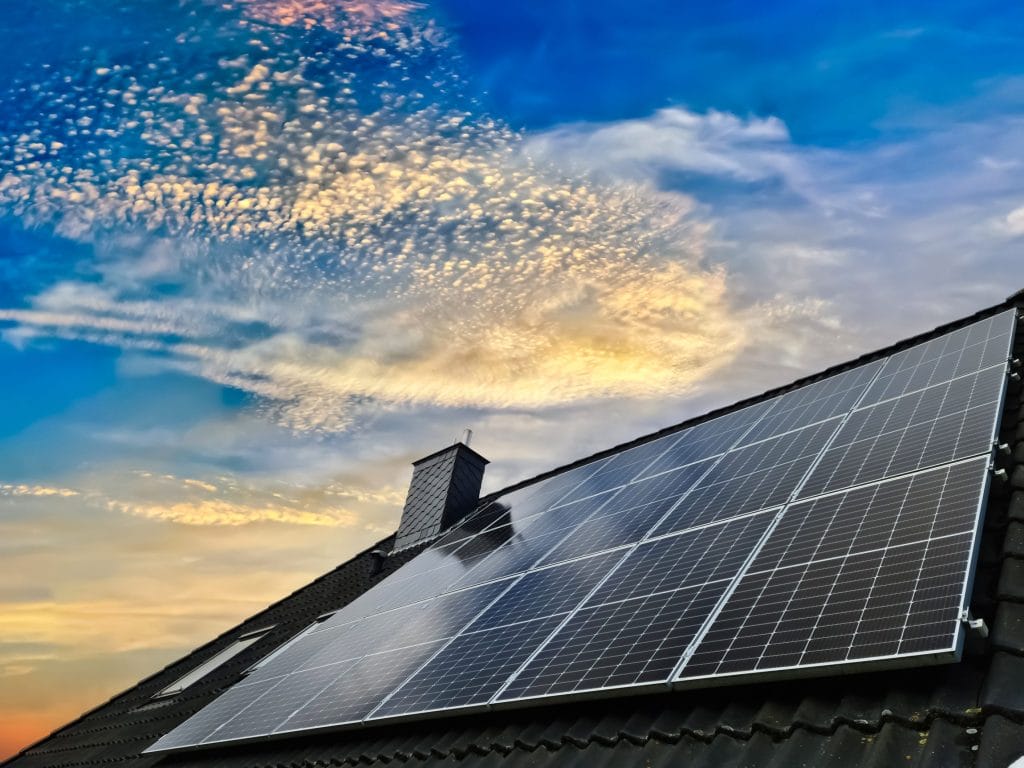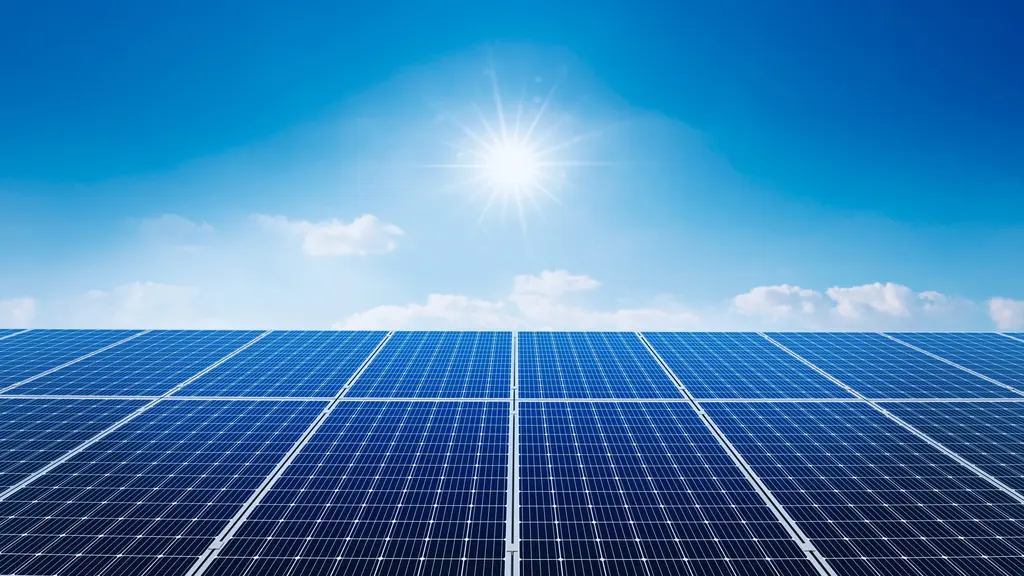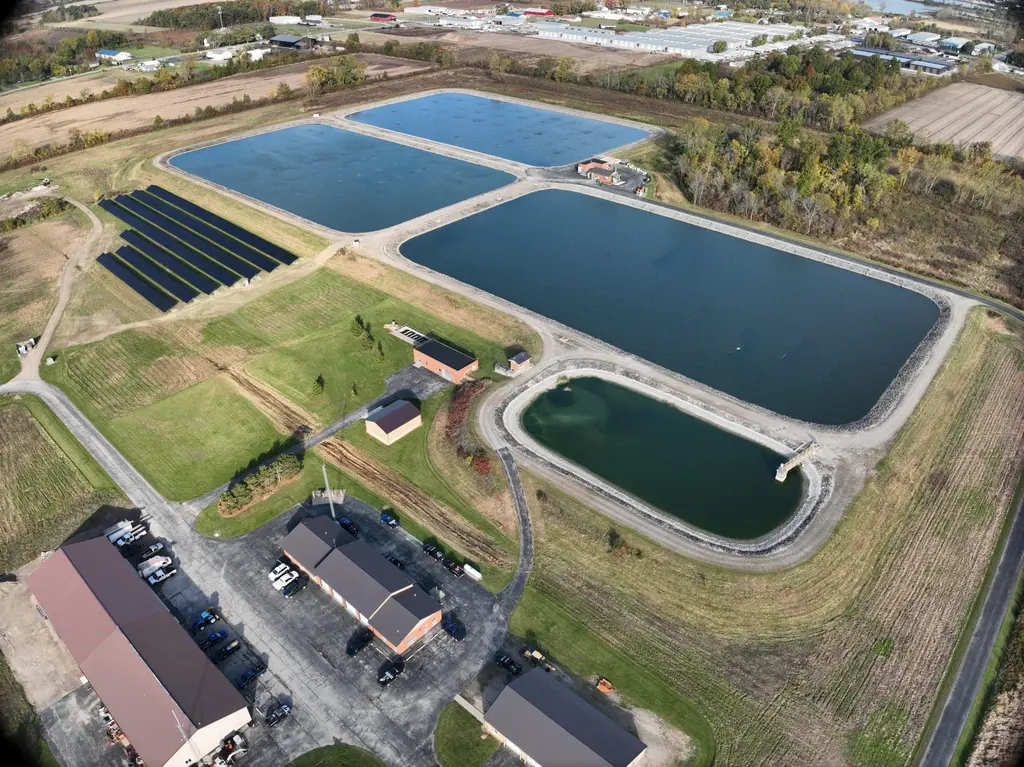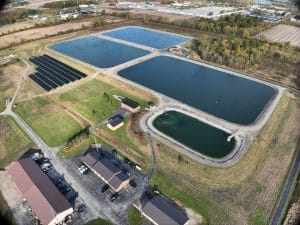In most places, no.
But it depends on where you live and how they appraise for property tax purposes. In Ohio (where we are) there are protections in place — Ohio has two solar property tax exemptions: one for solar electric systems up to 250 kilowatts, and a payment in lieu of property tax for systems greater than 250 kW. (250kW is a large, commercial-scale system — it would certainly not fit on any house I’ve ever lived in!)
In June 2010, Ohio enacted legislation granting these exemptions from public utility tangible and real property taxes. Prior to this exemption, property taxes were cited as a major barrier for renewable-energy deployment in Ohio, as a renewable-energy facility that sold electricity to a third party was considered a “public utility” for tax purposes.
In Cleveland and Cincinnati, they actually abate property taxes for adding green energy like solar.
More than 30 U.S. states (and Puerto Rico) offer some form of property tax incentive for solar installations. In the majority of these states, the incentive follows a simple model that excludes the added value of solar-energy equipment in the valuation of the property for taxation purposes. Although most property tax incentives do not have an expiration date, a handful of states allow the tax break only for a limited period, ranging from five years in Iowa and North Dakota to 25 years in Hawaii. With a few exceptions, these policies apply to all sectors, and both to solar-thermal systems and solar-electric systems (and passive solar, in some cases). Some states specify that a system must produce energy for on-site use to qualify.
In addition, several states authorize, but do not require, local governments to provide property tax incentives for solar. New Hampshire, for example, allows cities and towns to offer exemptions from local property taxes for certain renewables. The Office of Energy and Planning web site lists more than 80 municipalities that offer the exemption for one or more types of renewable-energy systems. New York’s exemption, on the other hand, is valid unless a local government opts out of the exemption, as opposed to the more common practice of requiring governments to opt in to grant an exemption. Other states with a “local option” policy include Alaska, Colorado, Rhode Island, Vermont and Virginia. Maryland, which requires a solar property tax exemption, allows counties to offer a property tax credit for solar systems for up to three years. Several counties in Maryland now offer such credits.
Due to the recent growth in large-scale solar and other renewables, a few states have developed separate policies for utility-scale renewables to preserve at least a portion of property tax revenue for local governments, or to assess such systems at a value comparable to a non-renewable energy facility. Arizona, Colorado, Montana and Nevada provide a partial abatement of property tax attributable to the solar facility using various assessment methods. Customer-sited installations, on the other hand, qualify for a full exemption in Arizona, Montana and Nevada, and, if authorized by the applicable local government, in Colorado. North Carolina’s property tax incentive, established in 1977, stipulates that solar heating and cooling systems not be assessed at more than the value of a conventional system. In 2008, North Carolina created a new incentive for solar-electric systems by exempting 80% of the appraised value of the system from property tax.
In California, they do not allow property tax increases resulting from adding solar (California Revenue and Taxation code codified this change in section 73, way back in 1980). Other tax jurisdictions vary.
Thanks to dsireusa.org and the U.S. Dept. of Energy for this info.










